The AI Adoption Boom: When Security Becomes an Afterthought
78% of companies now use AI tools, but security remains dangerously overlooked. We examine the invisible risks of rapid AI adoption - from model collapse threats to energy consumption black holes - and why your current security frameworks are obsolete. Discover how to bridge critical security gaps before they bridge you.

The Silent Security Crisis in AI Adoption
Let's cut through the hype: AI adoption isn't coming - it's already here. With 78% of companies now deploying AI tools according to BytePlus research, we've crossed the adoption tipping point. But here's what no one's telling you at those shiny tech conferences: security teams are running three years behind. We're not talking about patching vulnerabilities - we're talking about fundamental architectural risks that could collapse entire business models.
The Adoption Stats That Should Terrify You
- Retail leads at 78% adoption - mostly chatbots and forecasting tools that handle sensitive customer data
- Manufacturing hits 68% with predictive maintenance systems controlling physical machinery
- Transportation at 59% using AI for route optimization of fleets and logistics
What's missing from these stats? Exactly zero mention of security validation in the procurement process. We're installing AI like it's office furniture rather than mission-critical infrastructure.
The Four Unseen Risks of AI Everywhere
1. Model Collapse: The Self-Poisoning Well
MIT researchers recently dropped a bombshell: "Model collapse from AI-generated training data is 2025's biggest threat". This isn't some distant sci-fi scenario - it's happening now. As more AI outputs flood the internet and get scraped into new training sets, we're creating degenerative AI ecosystems. Imagine drinking your own wastewater - that's what we're doing to AI models.
2. The Energy Black Hole
New studies show AI inference energy consumption could exceed small countries' usage by 2026. This isn't just an environmental concern - it's a massive attack surface. When your AI operations consume more power than your headquarters, you've created the ultimate DDoS target.
3. The Content Gap Time Bomb
Here's an invisible threat: AI chatbots now capture 42% of informational queries, creating dangerous SEO blind spots. Tools like InfraNodus and GetGenie AI reveal how traditional security documentation is disappearing from search results. When your security policies become invisible to your own team, you've got a problem.
4. The Automation Mirage
Look at these impressive case studies:
- Voiceflow resolving 89% of fintech support calls
- Medical AI assistants cutting patient intake time by 70%
Notice what's missing? Any security validation of these autonomous systems. We're celebrating efficiency while ignoring the attack vectors we've just installed.
The New Security Frameworks You Can't Ignore
NIST's AI Risk Management Framework
The recently updated NIST AI RMF introduces four non-negotiable functions:
- Govern: Establish AI risk culture at board level
- Map: Document every AI interaction point
- Measure: Quantify model drift and data decay
- Manage: Implement continuous security validation
This isn't paperwork - it's survival architecture.
MITRE ATLAS: The Adversarial Playbook
MITRE's ATLAS framework documents real-world attack patterns specifically for AI systems. It reveals how attackers are exploiting:
- Data poisoning at ingestion points
- Model inversion attacks
- Adversarial input crafting
This is the first playbook that treats AI systems as first-class attack surfaces.
The CISA Emergency Playbook
In response to the escalating threats, CISA just released their AI incident reporting framework requiring:
- Real-time model drift monitoring
- Data lineage tracing
- Adversarial input detection
This isn't guidance - it's the blueprint for mandatory reporting coming in 2026.
Bridging the AI Security Gap
Step 1: Content Gap Warfare
Use semantic analysis tools like ContentIn to find where your security documentation is being buried by AI-generated content. This isn't marketing - it's critical infrastructure protection.
Step 2: Energy Auditing
Map your AI energy consumption like you would any critical system. That ChatGPT instance? It's not a tool - it's a power plant with API access.
Step 3: Model Lifecycle Governance
Implement ISO 42001 certification requirements now before they become mandatory. This covers:
- Training data provenance verification
- Output validation gates
- Continuous bias monitoring
The Inevitable Future
AI isn't a technology wave - it's a permanent business climate change. The companies surviving the next 24 months won't be those with the smartest models, but those who recognized that AI security isn't about protecting systems - it's about protecting business continuity. The frameworks exist. The threats are documented. The only question is whether you'll bridge the gap before it swallows your operations whole.
Security takeaway: Your AI adoption rate is irrelevant. Your AI security maturity is the only metric that matters now.
Latest Insights and Trends
Stay Updated with Our Insights
Subscribe to receive the latest blog updates and cybersecurity tips directly to your inbox.





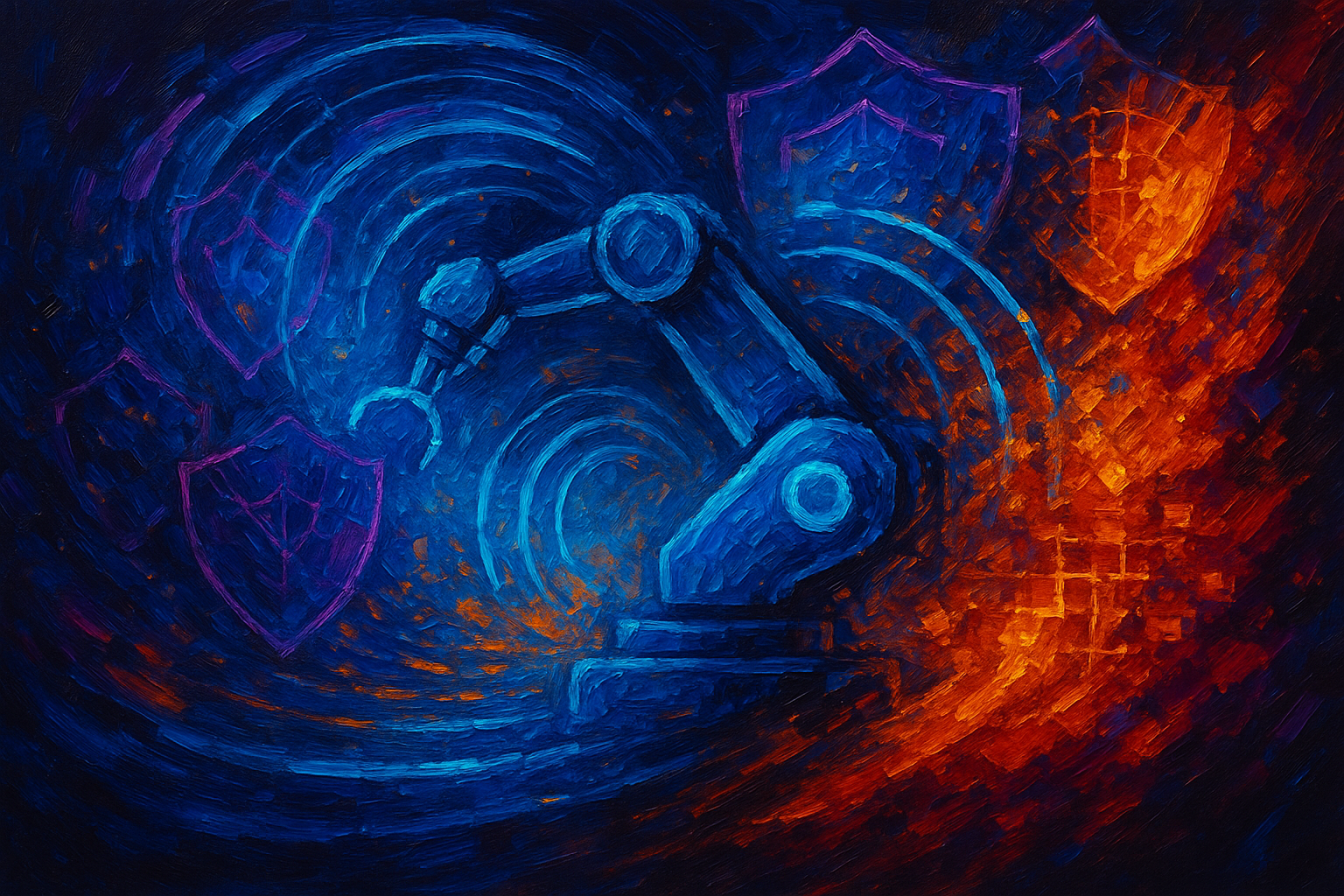
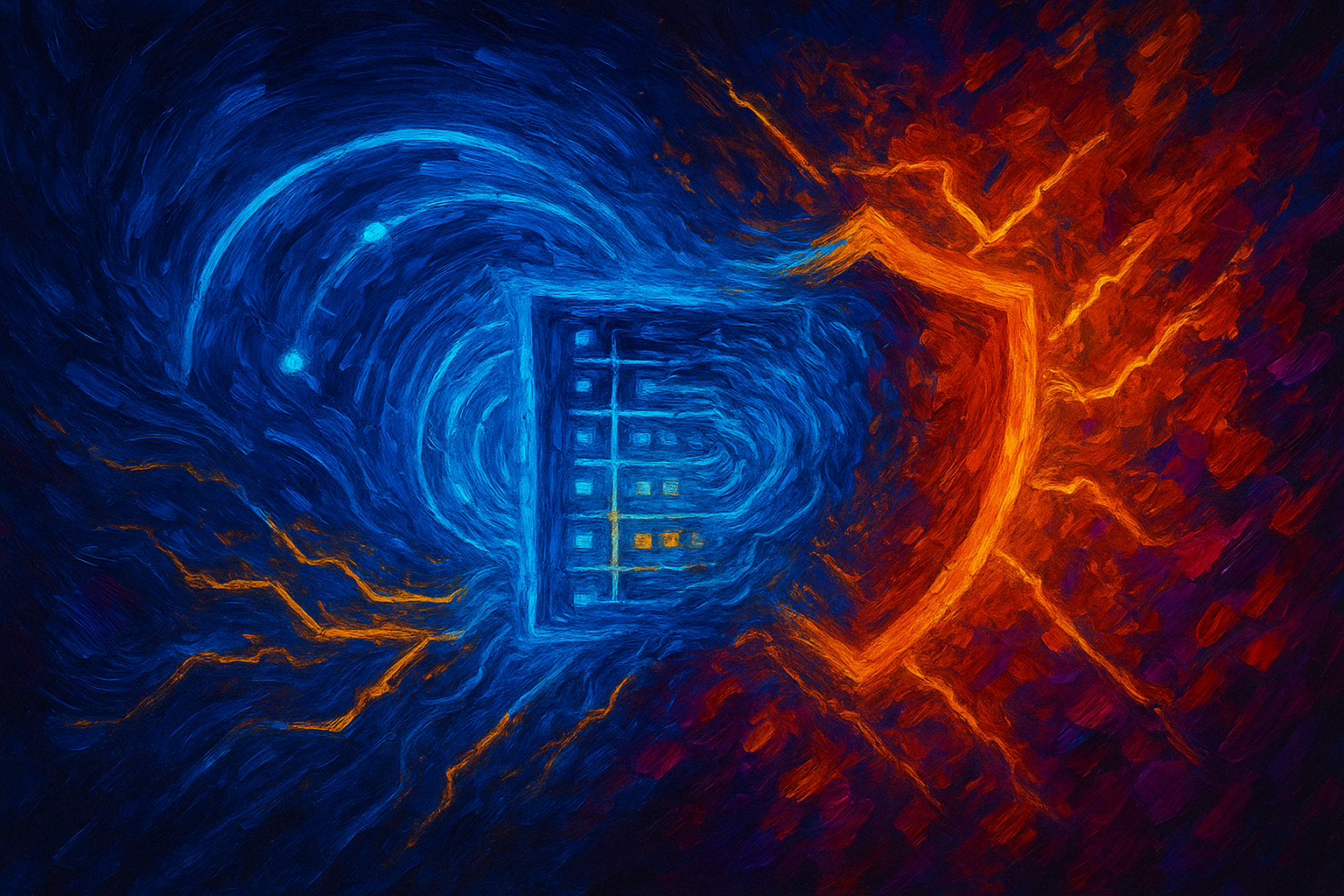


















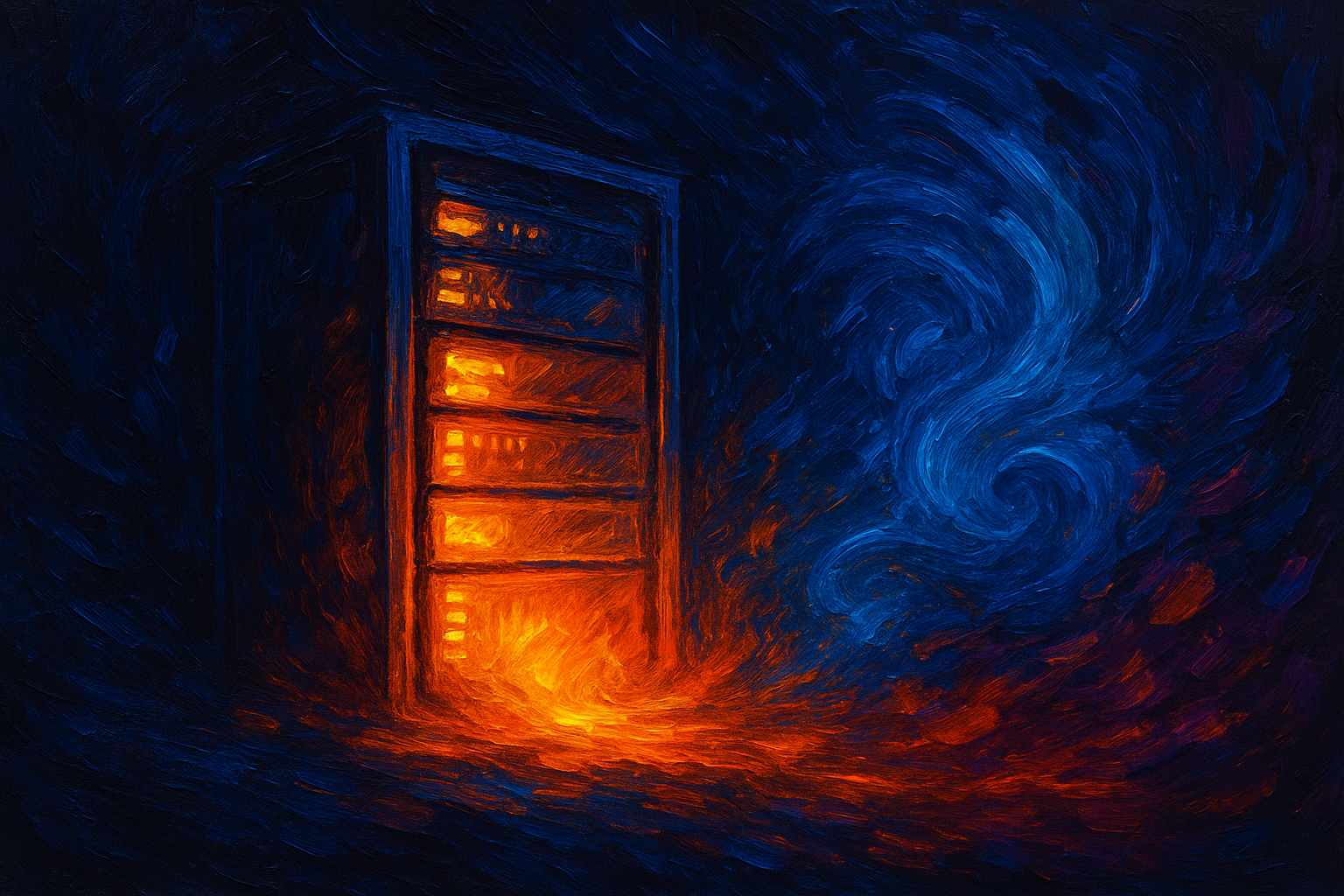

















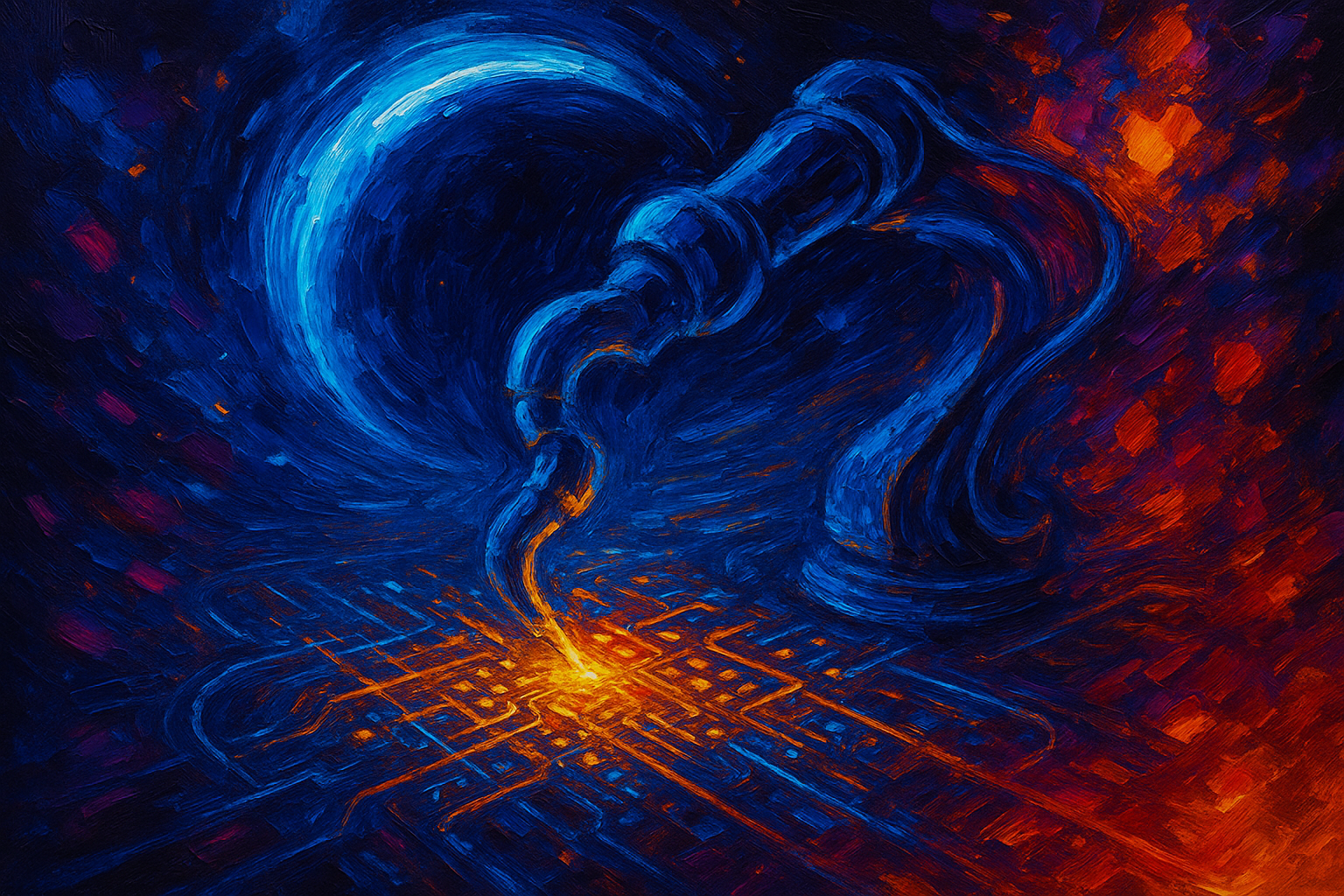



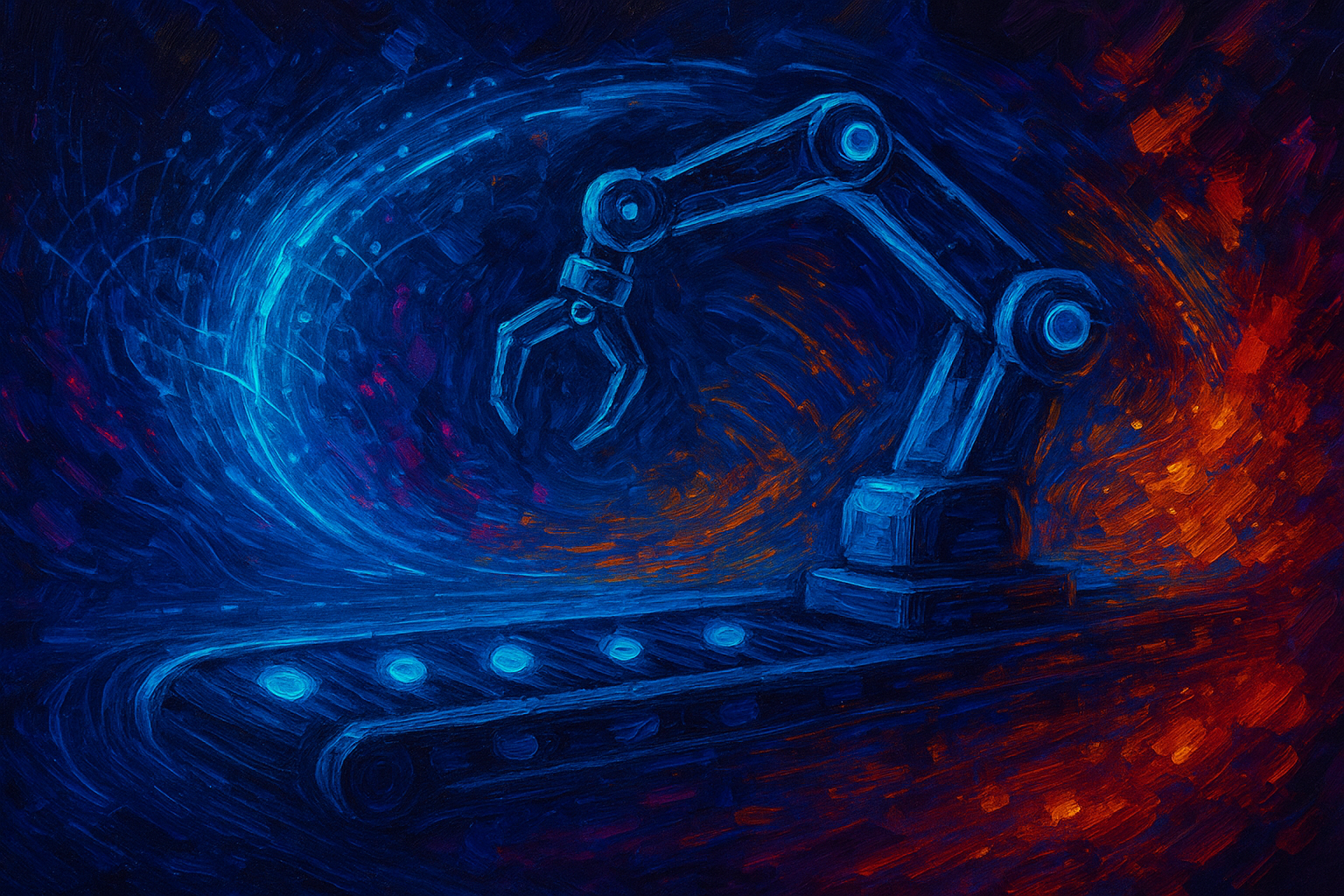
















.png)



